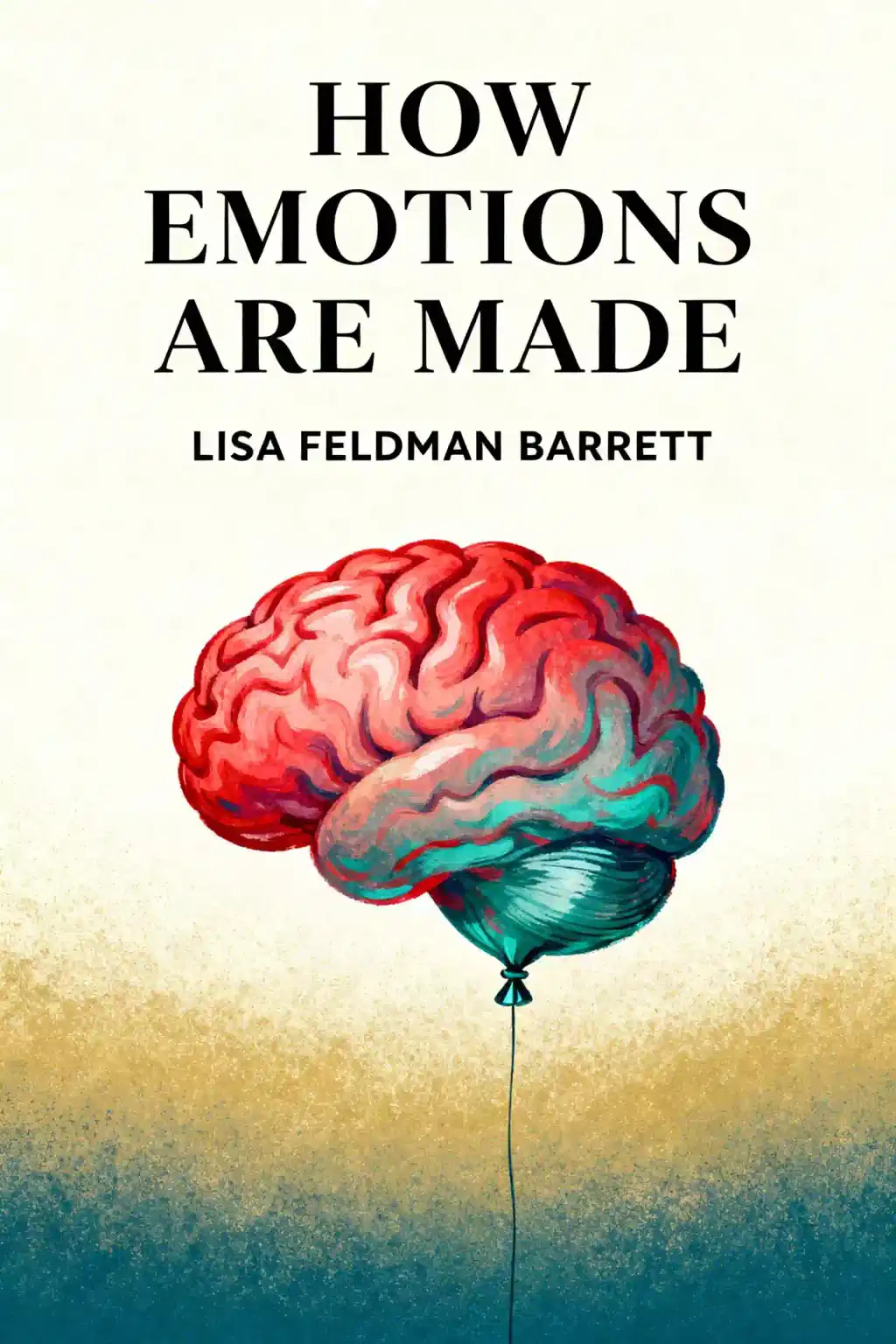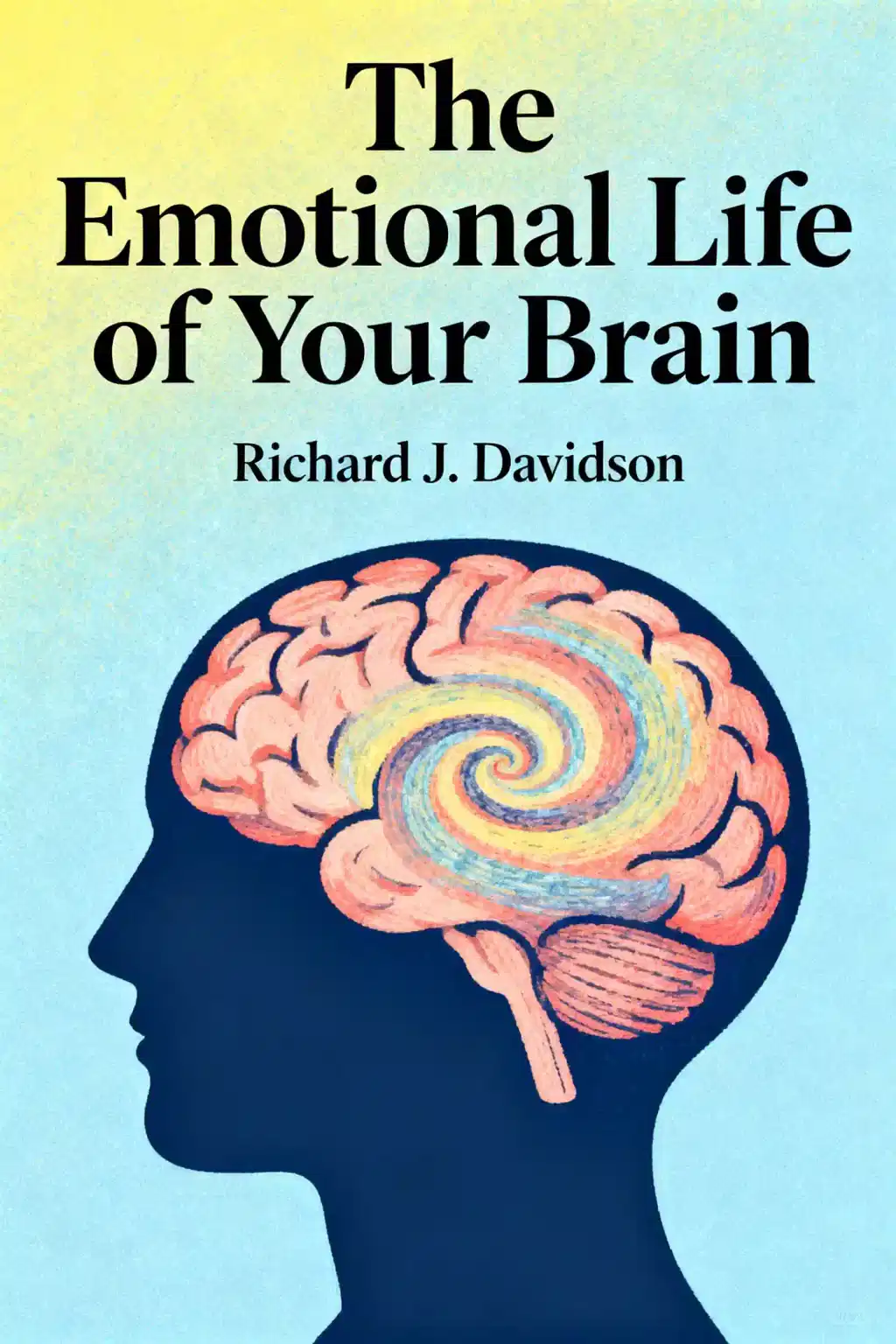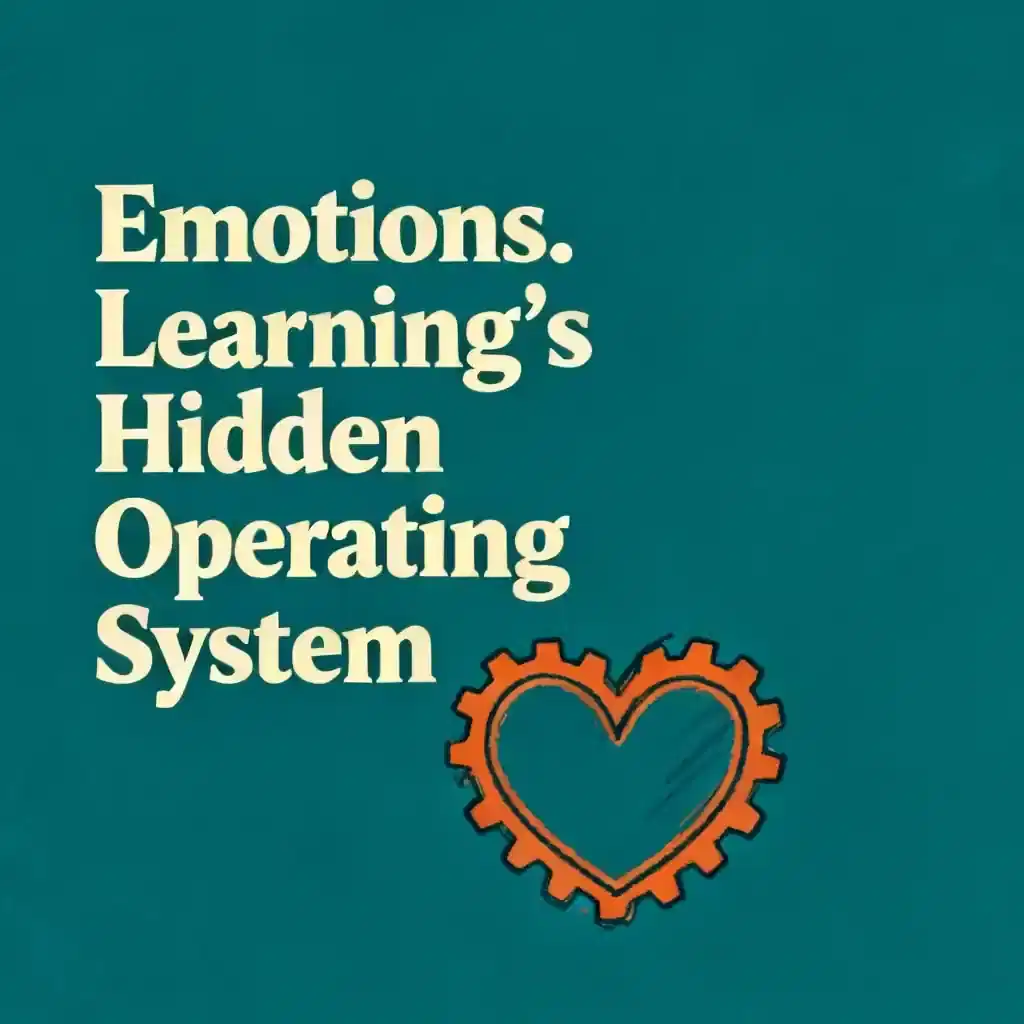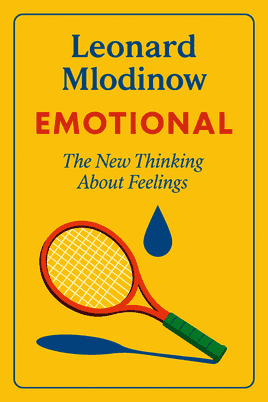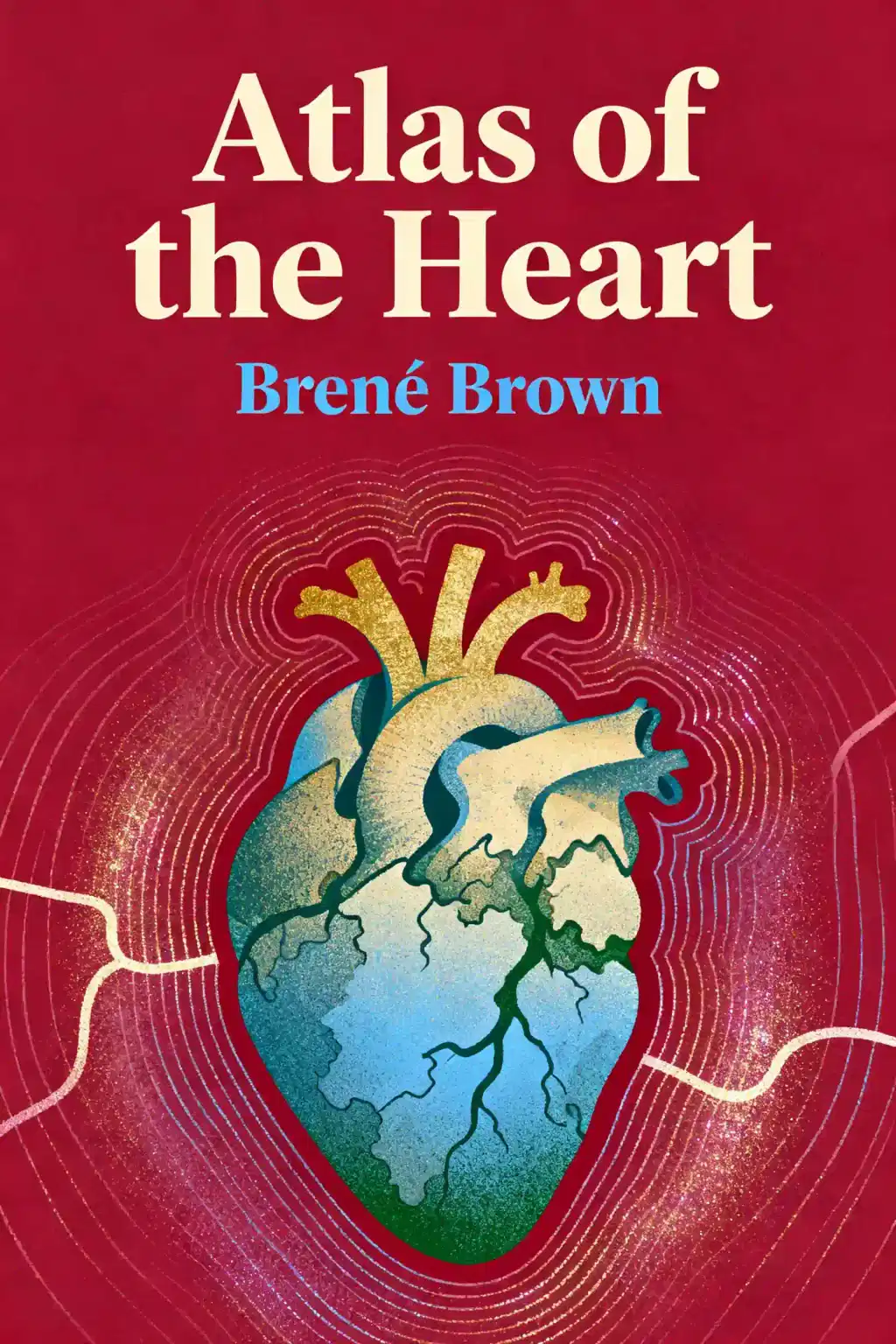What is
A Human History of Emotion about?
A Human History of Emotion explores how emotions shaped human civilization, arguing they’re cultural constructs rather than universal truths. Richard Firth-Godbehere traces their impact on philosophy, religion, wars, and social movements, using examples from Ancient Greece to modern emojis. The book challenges the notion of emotions as innate, revealing how societies have defined and weaponized feelings across eras.
Who should read
A Human History of Emotion?
This book suits readers interested in psychology, history, or cultural studies. It’s ideal for those curious about emotional evolution, societal norms, or how feelings like shame or anger influenced events like the Crusades. Academics and general audiences alike gain insights into empathy’s role in human progress.
Is
A Human History of Emotion worth reading?
Yes—critics praise its lucid prose and global scope, comparing it to works by Yuval Noah Harari. It blends neuroscience, philosophy, and history to reframe emotions as drivers of human behavior. Kirkus calls it “insightful” and “educative,” though some may find its interdisciplinary depth demanding.
What are “emotional regimes” in
A Human History of Emotion?
Emotional regimes are societal rules dictating how feelings should be expressed. For example, medieval Europe prized piety over anger, while Japanese shame culture influenced feudalism. These norms often forced emotional labor, suppressing “improper” feelings to maintain order.
How does Richard Firth-Godbehere define emotions?
Firth-Godbehere rejects innate definitions, framing emotions as culturally shaped concepts. He notes that “emotion” itself is a modern term—predecessors like passions or sentiments carried different meanings. For instance, ancient Greeks linked anger to divine forces, while Enlightenment thinkers tied it to rationality.
What historical events does the book link to emotions?
The book ties emotions to the fall of Rome (xenophobic fear), the Scientific Revolution (curiosity), and WWII propaganda (hatred). It also examines how religious movements, like Christianity, harnessed love and guilt to unify followers.
How does
A Human History of Emotion compare to
Sapiens?
While both explore humanity’s cultural evolution, Firth-Godbehere focuses specifically on feelings’ role in shaping societies. Unlike Harari’s broad strokes, this book delves into niche cases, like Ottoman grief rituals or Gambian community bonds, to show emotional diversity.
What critiques exist about
A Human History of Emotion?
Some reviewers note its dense interdisciplinary approach may overwhelm casual readers. While praised for global examples, it leans heavily on Western frameworks early on. Critics still applaud its ambition, calling it a “rollercoaster of historical emotions”.
How does the book address modern emotional concepts?
Firth-Godbehere critiques modern “emotional universalism,” arguing terms like happiness or anger oversimplify nuanced experiences. He highlights emojis as flawed attempts to standardize feelings across cultures, contrasting them with pre-industrial metaphors like “humors”.
What role does religion play in the book’s analysis?
Religions emerge as emotional architects: Christianity framed guilt as redemptive, Buddhism linked desire to suffering, and Islam’s hilm (calmness) guided medieval laws. These systems institutionalized feelings to build moral codes and political control.
How does
A Human History of Emotion use non-Western examples?
The book contrasts European guilt with Japanese shame-driven honor cultures and examines Gambian “fadenya” (competitive individualism) versus “badenya” (communal harmony). These examples challenge Western-centric views of emotional universality.
What practical insights does the book offer?
By showing emotions as culturally fluid, it encourages empathy in cross-cultural interactions. For example, understanding historical anger management (like Stoic philosophy) can inform modern conflict resolution. It also warns against assuming universal emotional responses in global politics.




